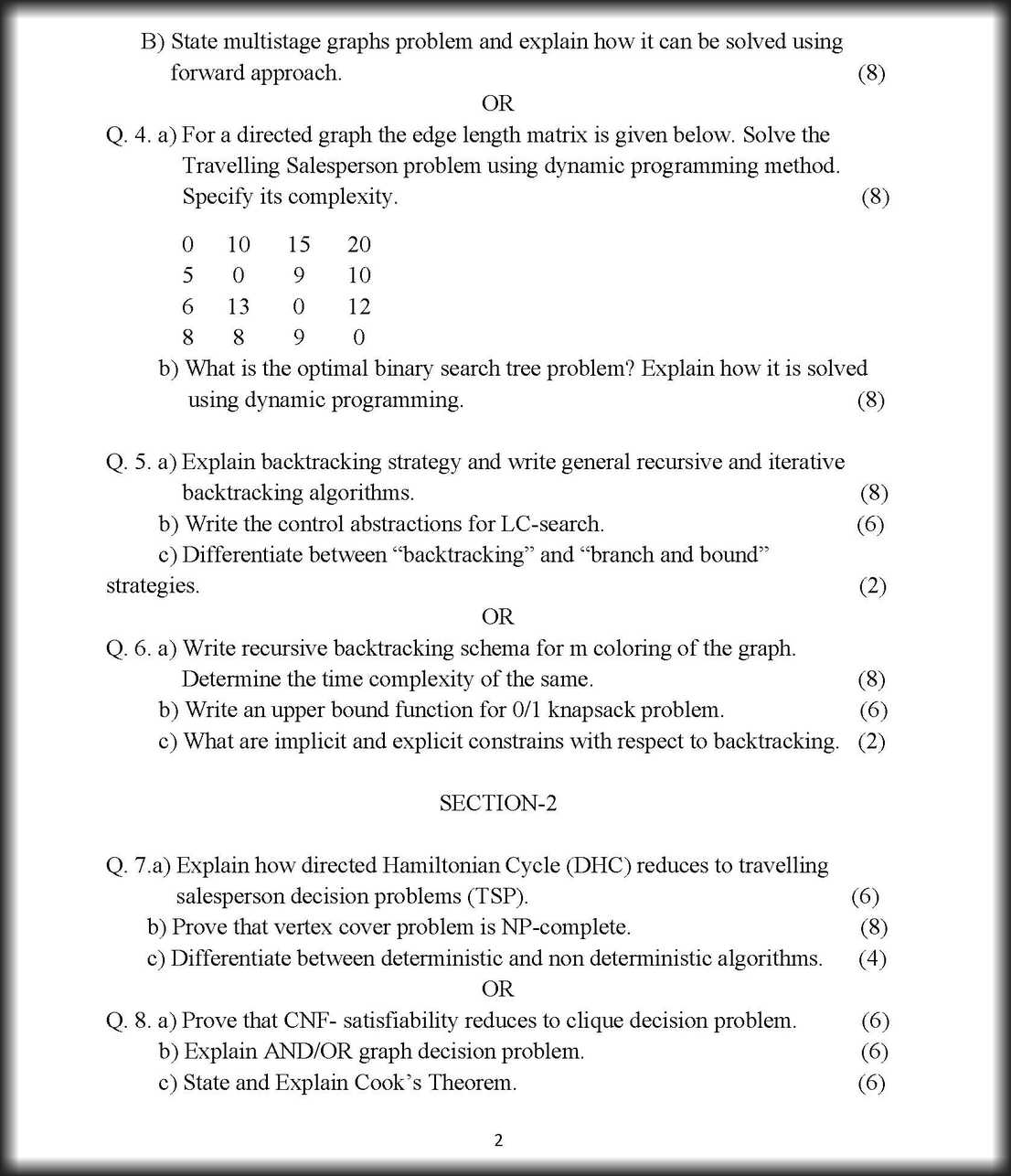Table Of Content

There are also 6 programming assignments, where you implement one of the algorithms covered in lecture in a programming language of your choosing. There are no assignment due dates and you can work through the course materials and assignments at your own pace. Every week, there is a multiple choice quiz to test your understanding of the most important concepts. There are also weekly programming assignments, where you implement one of the algorithms covered in lecture in a programming language of your choosing. Why is algorithm design and analysis important in computer science?
More questions

Having taken your programming and thinking skills to the next level, you will be well positioned to ace your technical interviews, pursue serious software engineering, and study advanced topics in algorithms. Our basic aim while designing an algorithm is to maintain the efficiency of the solution. Hence, learning how to design an efficient algorithm is important. Algorithm design is the process of creating step-by-step instructions for solving a problem. It involves selecting appropriate data structures and algorithmic techniques to optimize the solution. To test the implementation of an algorithm, feed it with diverse types of inputs and observe the outputs generated.
Practical materials
This core course covers good principles of algorithm design, elementary analysis of algorithms, and fundamental data structures. The emphasis is on choosing appropriate data structures and designing correct and efficient algorithms to operate on these data structures. Design and Analysis of Algorithms is a fundamental aspect of computer science that involves creating efficient solutions to computational problems and evaluating their performance.
Sorting
So, it is usually computed by combining the auxiliary space and the space used by input values. The aim is to provide a snapshot of some of themost exciting work published in the various research areas of the journal. All rights are reserved, including those for text and data mining, AI training, and similar technologies.
Sentiment analysis algorithms and applications: A survey - ScienceDirect.com
Sentiment analysis algorithms and applications: A survey.
Posted: Sun, 19 Nov 2017 23:17:42 GMT [source]
In this tutorial, we will see various algorithms of each approach to solve various problems. In this case, every approach taken to solve the computer problem is correct. However, choosing the best-suited solution will improve the efficiency of the program. For instance, let us execute the code for a simple linear search algorithm to work with these online compilers. The final grade will be based on the problem sets, two evening quizzes, and a final given during final exam week. Students will be responsible for material covered in prerequisites.
If the time taken by the algorithm to be executed and space complexity are efficient even in worst case inputs, your algorithm is feasible. The Big O notation is used to express the upper bound on the growth rate of an algorithm’s running time or space requirements. It provides a way to describe the efficiency of an algorithm in terms of its input size. For example, using a hash table to store key-value pairs can lead to faster lookups compared to using a linear list.
Sorting in Linear Time
It acts like a set of instructions on how a program should be executed. Complexity classes are categories that classify algorithms based on their worst-case behavior. Common complexity classes include P, NP, NP-hard, and NP-complete.
The Big O notation is commonly used to express the time complexity of an algorithm. It provides an upper bound on the growth rate of the algorithm’s running time as the input size increases. For example, an algorithm with a time complexity of O(n) has a linear growth rate, meaning its running time increases linearly with the input size.
Algorithm Complexity Classes
You can also check your application status in your mystanfordconnection account at any time. Before enrolling in your first graduate course, you must complete an online application.
Algorithms are the fundamental building blocks of computer science, enabling us to solve complex problems efficiently. The design and analysis of algorithms is a crucial area of study that focuses on creating efficient algorithms and understanding their behavior. In this article, we will explore the key concepts of algorithm design and analysis, including algorithmic strategies, complexity analysis, and the role of data structures in algorithm efficiency. In this course you will learn several fundamental principles of algorithm design. You'll learn the divide-and-conquer design paradigm, with applications to fast sorting, searching, and multiplication.
For all open access content, the Creative Commons licensing terms apply. While you can only enroll in courses during open enrollment periods, you can complete your online application at any time. When you enroll in the course, you get access to all of the courses in the Specialization, and you earn a certificate when you complete the work.
For instance, most algorithms are designed to work with input data of variable length. Analysis of algorithms determines the amount of time and space taken to execute such algorithms. They are used to store and organize data in a way that allows algorithms to access and manipulate it quickly and efficiently. Common data structures include arrays, linked lists, stacks, queues, trees, and graphs. Learners will practice and master the fundamentals of algorithms through several types of assessments. There are 6 multiple choice quizzes to test your understanding of the most important concepts.

No comments:
Post a Comment